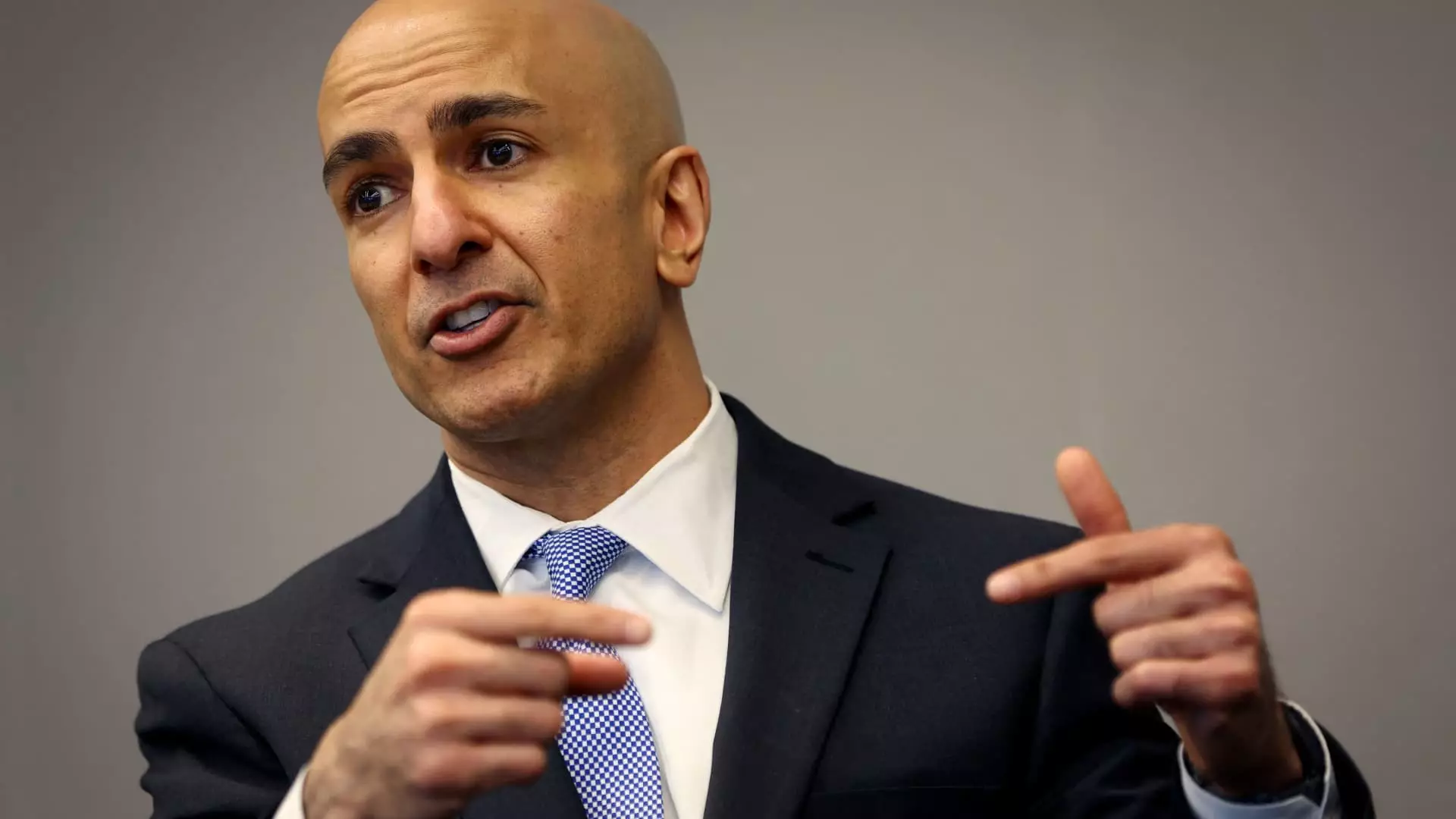On the opening day of the week, U.S. stocks demonstrated a notable inclination to rise. Investors were absorbing the ramifications of a significant decision made by the Federal Reserve the previous week, which involved a major reduction in interest rates. The S&P 500, Dow Jones Industrial Average, and Nasdaq Composite all experienced modest gains, with the Dow reaching another historic closing high. This upward movement in stock indices reflects a sense of cautious optimism among traders as they prepare for the impending November policy meeting by the Fed. As the central bank’s decisions loom, there is apprehension that the equities market could become increasingly sensitive to indicators of economic weakening. One critical data point to watch for is the Conference Board’s consumer confidence index for September, scheduled for release on Tuesday.
The recent half-percentage-point reduction marks the first significant interest rate cut since the economic downturn in 2008, showcasing a pivotal moment for the Fed. Perspectives among Fed officials are somewhat divided regarding future rate adjustments. Minneapolis Fed President Neel Kashkari, speaking on CNBC, hinted at a possible return to smaller, more traditional quarter-point adjustments unless substantial economic data comes into play. Meanwhile, Atlanta Fed President Raphael Bostic, who holds a voting position this year, pointed towards a more aggressive stance on normalizing monetary policy sooner than he initially anticipated, reflecting a complex and evolving monetary landscape.
In the automobile sector, General Motors (GM) is experiencing a resurgence in its electric vehicle (EV) sales after previous challenges related to demand and production inefficiencies. Sales figures from July and August indicate a significant uptick, with GM selling 21,000 EVs in the United States and experiencing a remarkable 70% increase compared to the same period last year. This growth is indicative of GM’s strategic pivot to bolster its EV lineup, with cars priced between approximately $35,000 and $300,000. Rory Harvey, GM’s president of global markets, confidently remarked that the company is surpassing the industry in terms of EV growth. As traditional manufacturers race to catch up with Tesla, GM’s upward trajectory suggests a promising shift in its market position.
Shifting gears to the airline industry, Southwest Airlines is confronting pivotal challenges as it undergoes a strategic realignment aimed at improving profitability. The airline’s leadership has communicated to employees that “difficult decisions” are forthcoming as the company responds to pressure from activist investor Elliott Management, calling for a reevaluation of the existing corporate structure. Southwest has already taken bold steps to modernize its operational model, such as introducing assigned seating and enhancing visibility on travel platforms like Google Flights and Kayak. However, COO Andrew Watterson emphasized that these adjustments are merely preliminary; the company must also reconsider its overall network strategy. Attention will be directed toward Southwest’s upcoming investor day, scheduled for Thursday, where further insights into the airline’s strategic roadmap may be revealed.
As Foot Locker marks its 50th anniversary, the sneaker retailer finds itself at a crossroads, grappling with a rapidly evolving retail landscape and a critical relationship with Nike, a primary supplier. After enduring a challenging period, Foot Locker is showcasing signs of revitalization, notably achieving comparable sales growth for the first time in six quarters. This improvement correlates with a deliberate strategy to refine its store presence. Nonetheless, the overarching question remains: can a specialized retailer like Foot Locker not only survive but flourish in an environment where brands are shifting towards online retail and direct-to-consumer sales? The coming months will be crucial in determining whether Foot Locker can navigate these complexities and establish a sustainable future in the competitive sneaker market.
The current economic environment presents both challenges and opportunities across various sectors. The stock market’s response to Federal Reserve actions, the evolving landscape of electric vehicles with GM’s strides, the strategic pivots at Southwest Airlines, and Foot Locker’s retail resurrection efforts all underscore the dynamic nature of today’s financial landscape. As investors and corporate leaders adapt to these shifts, the upcoming data releases and corporate strategies will serve as essential indicators of the broader economic narrative. The coming weeks promise to bring further developments that will shape market sentiment and corporate trajectories, highlighting the intricate dance between policy decisions, market responses, and industry transformations.


Leave a Reply